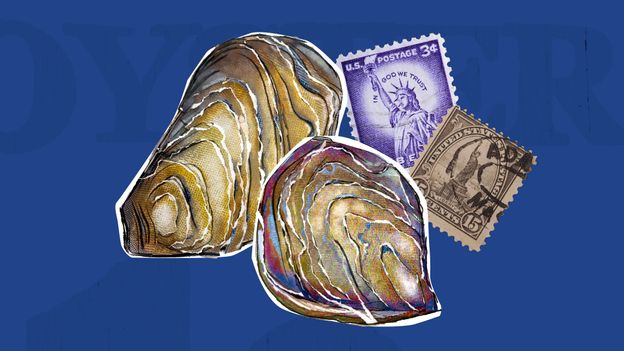Historically, oysters were deeply woven into the life of East Coast cities, as Charles Dickens described enthusiastically in his travelogue American Notes. On the difference between dinners in London and Boston, for instance, he notes that Americans would serve “at every supper, at least two mighty bowls of hot stewed oysters, in any one of which a half-grown Duke of Clarence might be smothered easily”.
That thriving population of oysters is long gone. But over the past 10 years, one of New York’s most ambitious rewilding projects has sought to revive its once-famous oysters, adding 150 million larvae across 20 acres of harbour since its beginnings. The goal: restoring the city’s coastal habitat, improving water quality and educating the public. Ten years on, there are still many more oysters to go until they reach their headline billion. But for those added to the harbour so far, how well did it work? And why was such a project needed in the first place?
A study over six years at one of Malinowski’s sites, on the Tappan Zee area, a natural widening in the Hudson river about 20 miles north of Midtown Manhattan, found that oysters were living and growing both in the gabions (metal cages filled with empty shells) as well as in the reef balls that were deployed over 2.4 hectares (6 acres) of seafloor, and that “both substrate types were heavily colonised by oysters and several other species at all three sites”.
One of the BOP partners, the Hudson River Park – hosting 15 oyster research stations along 4 miles (6.3km) of Manhattan waterfront – claims to have added 35 million oysters to the New York City waters since 2021 and is also optimistic about the project.
Americans will measure with anything but the metric system
Americans do actually frequently use the metric system, though. We tend to use a mix, with many more precise measurements, such as medicine, being measured in metric. There’s some weirdness, to be sure; if you buy weed in the US you’ll see it being measured in both ounces and grams. Millimeters for small things are pretty common, even while still using feet or miles.
Basically, we do whatever is convenient at the moment.
Nowhere near as confusing as disagreeing on what a million or a billion is.
Who disagrees on million/billion??




